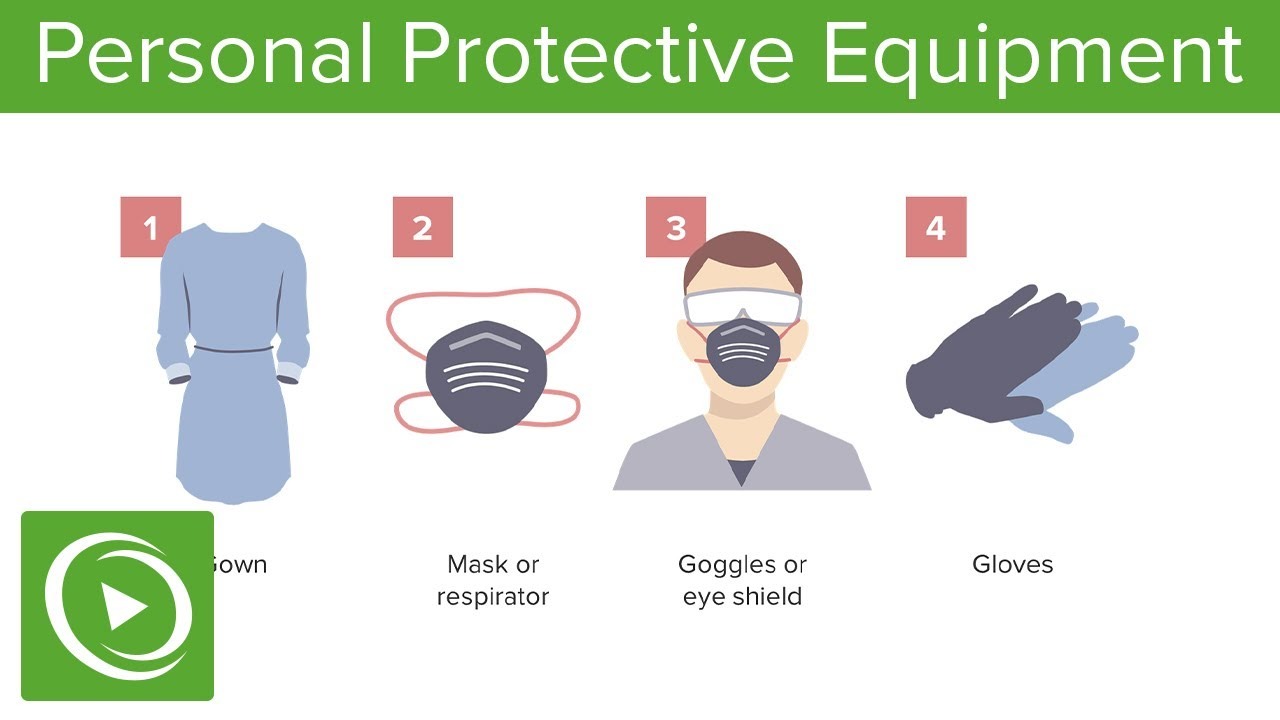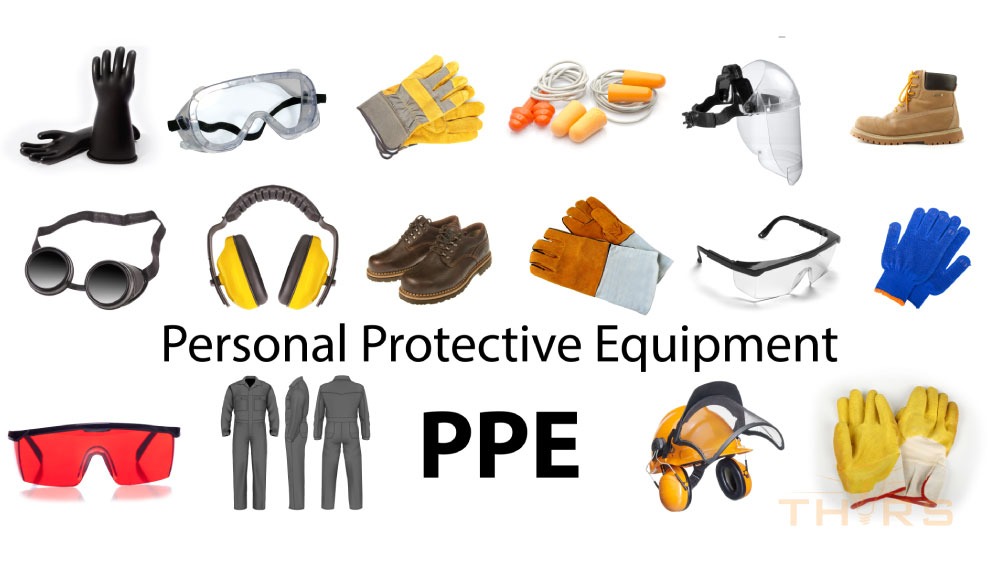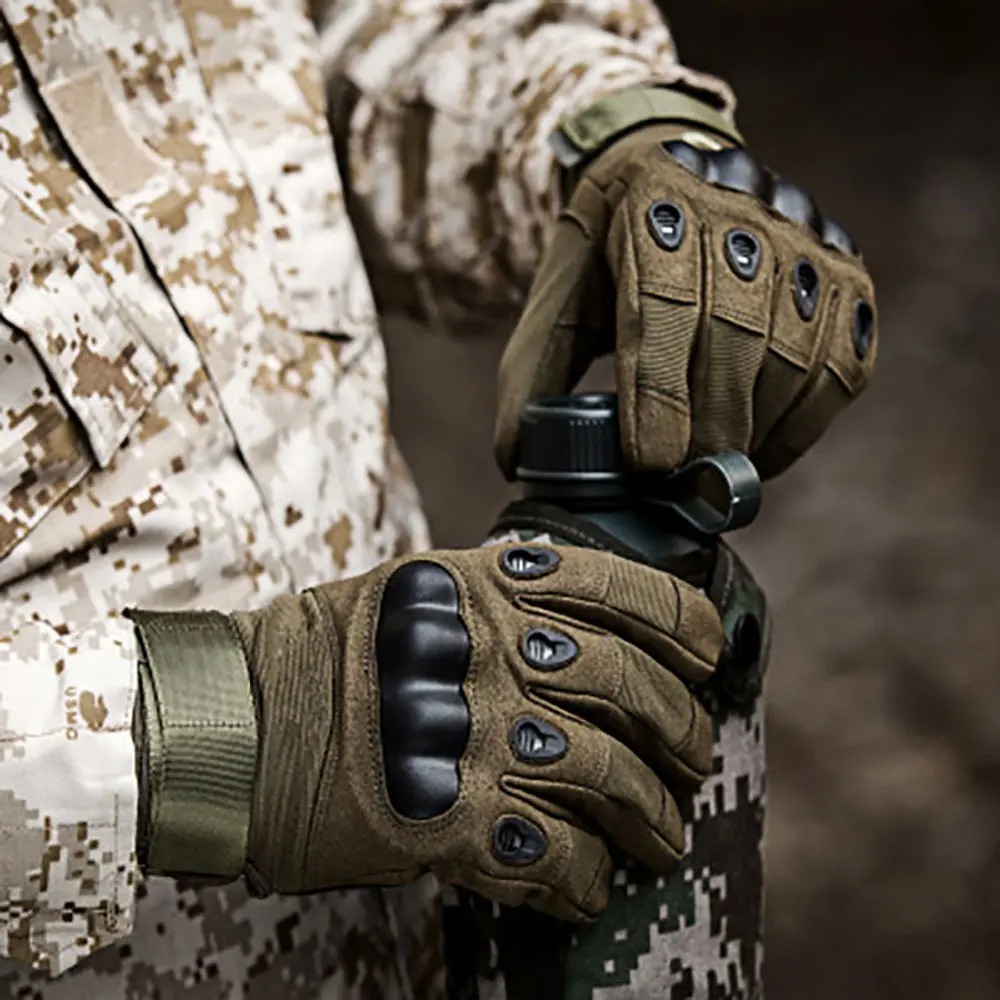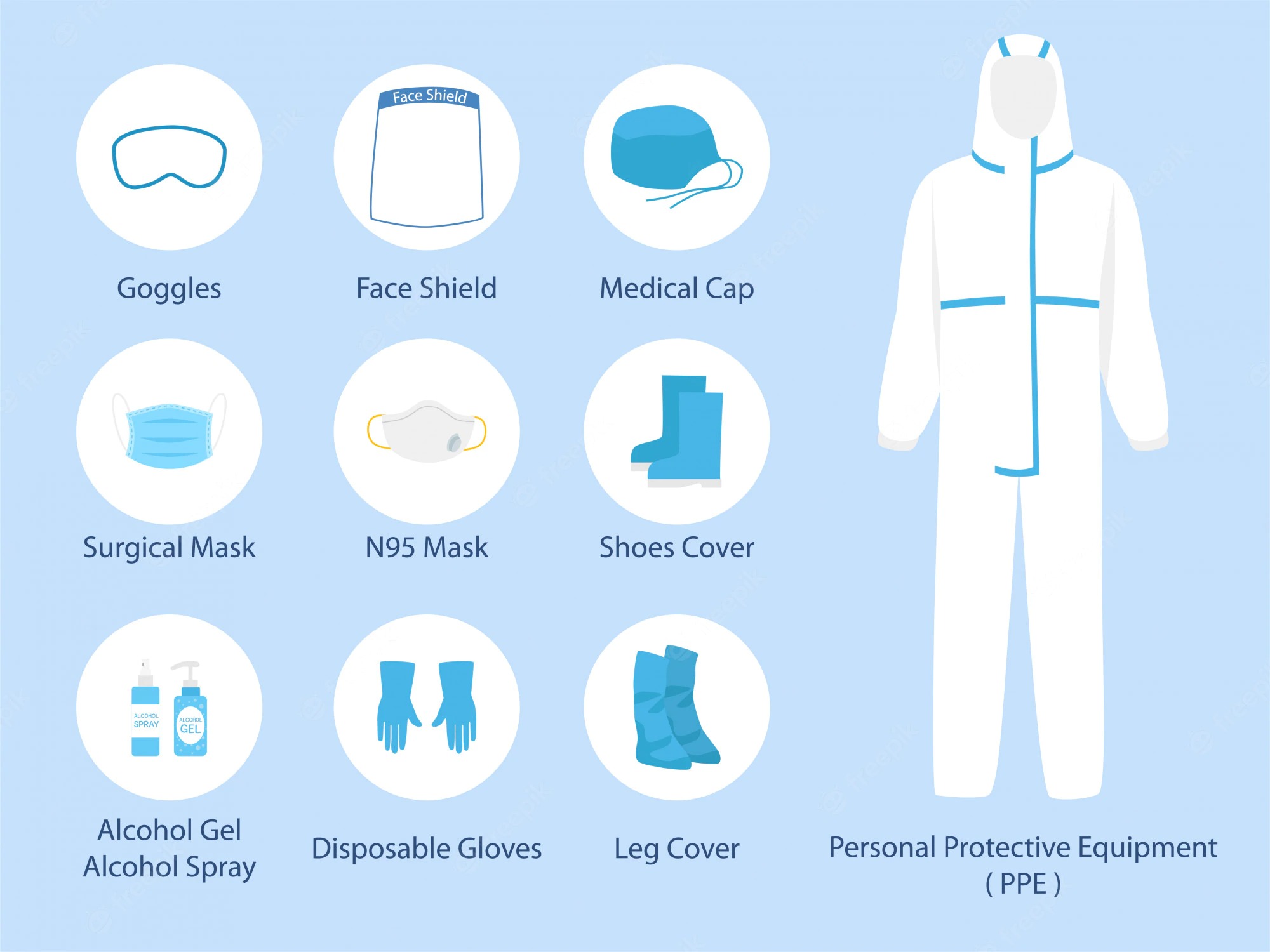You are responsible for providing a secure and healthy workplace for your employees as an employer. You are aware of the safety dangers present in your industry and the steps you may take to mitigate them. Let’s follow us to find out the detail about personal protective equipment right now!
What is Personal Protective Equipment?
PPE, or personal protective equipment, refers to the safety gear and clothes worn to protect against numerous occupational risks. It can be brought on by exposure to mechanical, radiological, electrical, or chemical threats. They are worn by medical staff to protect themselves from exposure to communicable diseases and to avoid accidents. PPE is worn at workstations by doctors, nurses, lab technicians, and other front-line healthcare workers. Depending on the sort of work being done and the severity of the hazards, different PPE may be required. Lab coats, safety glasses or splash goggles, gloves, and other items are examples of personal protective equipment in the lab.

One must be well familiar with the lab procedures before utilizing personal protective equipment. The lab staff should refrain from wearing short dresses, baggy apparel, jewelry, open hairstyles, and open-toed shoes. When putting on and removing personal protective equipment, the proper protocol must be followed.
Types of the Personal Protective Equipment
Body protection
Lab coats
It shields the skin and clothing of laboratory workers from stains caused by dyes, blood, or other laboratory pollutants. Another semi-fire retardant is a lab coat. In the ideal lab coat, 65% cotton and 35% polyester are combined. Polyester offers chemical resistance, whereas cotton has a semi-fire retardant quality. The potential of cross-contamination to other surfaces is reduced and the danger is reduced when the lab coat is solely kept in the lab. Depending on the assessment of the risk and the potential hazard, chemical-resistant gloves and aprons may be utilized.
Aprons
When additional splash protection for a particular hazard is needed, an apron is worn. It is employed for the removal of liquid nitrogen. When handling chemicals or a sizable amount of fluid sample, an apron is worn. An apron is also worn in the lab when performing an autopsy.

Gowns
The gown offers protection similar to that of lab coats; it has a solid front and garments that close in the back with elasticized cuffs. It may be worn on top of clothing or over a scrub. There are two types of gowns available: wraparound and disposable.
Coveralls
Coveralls are worn over casual attire or over scrubs. They come in both reusable and disposable varieties. It must be removed safely during the removal process. For splash protection, zip-flap coveralls should be taken into consideration.
Footwear
Footwear should be well-fitting and comfortable, and it should cover the top of the foot. It must be made with a design that discourages trips and slips as well as one that lessens the risk of injury from falling objects.
Safety for the face and eyes
Protective eyewear and goggles
One of the minimal criteria for working in labs with hazardous materials is wearing safety eyewear. Additionally, it shields against any flying items. It is not resistant to chemical splashes. Special safety glasses are used instead of ordinary safety glasses because they can block lasers and UV rays.
Face Protectors
Personnel can utilize face shields in addition to safety glasses and goggles if there is a potential for splash hazards. Working with a big volume of liquid, dispensing cryogenics, preparing the caustic bath, or working with molten metals could all provide splash hazards.
Mask for surgery
A loose-fitting mask is a surgical mask. It is fluid-resistant and safeguards against significant drops, splashes, or sprays of bodily fluids. It shields against human respiratory emissions. However, the edge is susceptible to leaking. Because it can allow for the entry of small particles, a surgical mask is not regarded as respiratory protection.
Hand defense
Gloves
Gloves shield the hands of laboratory staff from the possibility of contact with numerous infectious laboratory samples. It reduces the dangers posed by chemicals. Vinyl, latex, and nitrile are the most popular materials for gloves. Disposable nitrile gloves are the least protective option for the lab. When these gloves come into contact with the chemicals, they must be taken off immediately.

Disposable gloves should not be recycled and should not be disinfected because prolonged usage and exposure to disinfectants could impair their level of user protection. The glove should be examined to see if it is ripped or intact before wearing. Before using, reusable gloves must be thoroughly cleaned and allowed to air dry. The use and nature of the work determine the gloves to be chosen. For instance, cut-resistant gloves must be used to prevent cuts and abrasions, while insulated gloves can help prevent excessive heat.
Conclusion
PPE Safety is the process of using personal protective equipment to create a working environment that is safe for both employees and visitors (PPE). In all industries, corporations prioritize safety. Employee risk and hazard protection requires the use of PPE.
Read More:
Safety Equipment List For Workers: Every Employee Should Know

